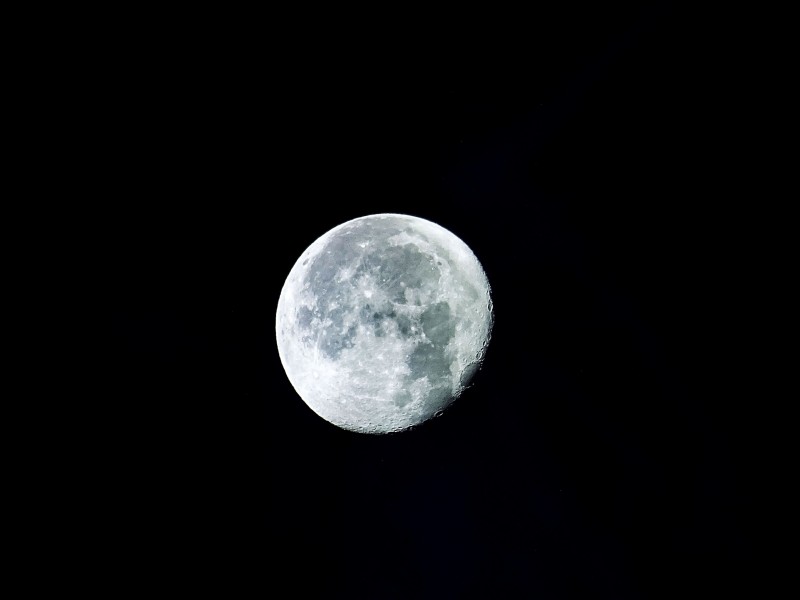
In a remarkable feat of scientific exploration, Chandrayaan-1, India's first lunar probe, made a groundbreaking discovery over a decade ago that changed our understanding of the Moon's composition. The revelation of water molecules on the lunar surface not only reshaped lunar science but also held profound implications for future space missions and potential lunar colonization. This article delves into the historic Chandrayaan-1 mission and the pivotal moment it uncovered the presence of water on the Moon.
Chandrayaan-1, India's maiden lunar mission, was launched on October 22, 2008, by the Indian Space Research Organisation (ISRO). Its primary objective was to explore the Moon's surface and gather vital data about its geological, mineralogical, and topographical attributes.
One of the mission's key goals was to identify the presence of water molecules on the lunar surface. This endeavor was driven by the earlier observations of the Moon's polar regions, which suggested the possibility of water ice accumulation in perpetually shadowed regions.
Chandrayaan-1 was equipped with sophisticated instruments, including the Moon Impact Probe (MIP) and the Moon Impact Probe Chandra's Altitudinal Composition Explorer (MIP-CHACE). These instruments played a pivotal role in detecting and analyzing the elusive water molecules.
In September 2009, data from Chandrayaan-1's Moon Impact Probe confirmed the presence of water molecules on the lunar surface. The Moon Impact Probe's sensors detected hydroxyl molecules, a chemical compound containing hydrogen and oxygen atoms, indicating the existence of water and its components.
The discovery of water on the Moon was groundbreaking. It challenged the long-held belief that the lunar surface was devoid of water and raised questions about how these molecules had endured in the harsh lunar environment.
Scientists postulate that the water molecules found on the Moon could have originated from a variety of sources, including comets, solar wind, or even internal lunar processes. Understanding the source of this water could provide insights into the Moon's history and evolution.
The presence of water on the Moon holds immense value for future space missions. Water can be utilized to generate oxygen and hydrogen, crucial components for sustaining human life and producing rocket fuel, potentially reducing the need for resupply missions from Earth.
Chandrayaan-1's discovery has fueled discussions about the feasibility of lunar colonization. Water could be extracted and purified for consumption, while its components could be separated for various applications.
Chandrayaan-1's trailblazing discovery of water on the Moon marked a pivotal moment in space exploration. The mission shattered conventional wisdom, revealing that even celestial bodies considered arid could harbor hidden resources. As humanity looks toward the stars, this revelation opens new avenues for scientific inquiry, technological innovation, and the potential for sustained space exploration.
DPI to Empower Nations Struggling with Govt Digitalization: Rajeev Chandrasekhar
Unveiling the Technology Behind Web Browsing
Meta's Groundbreaking AI Translates 100 Languages, Embraces Dialect Diversity